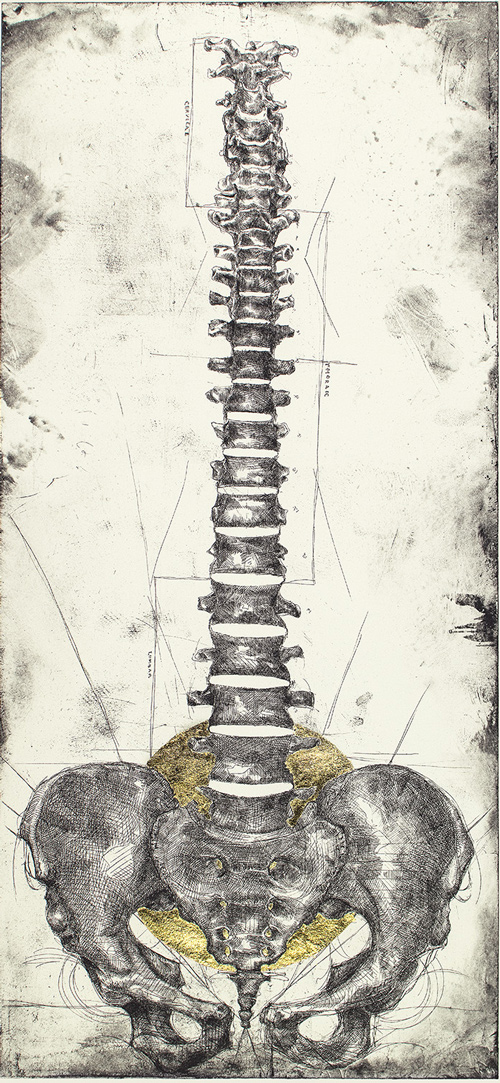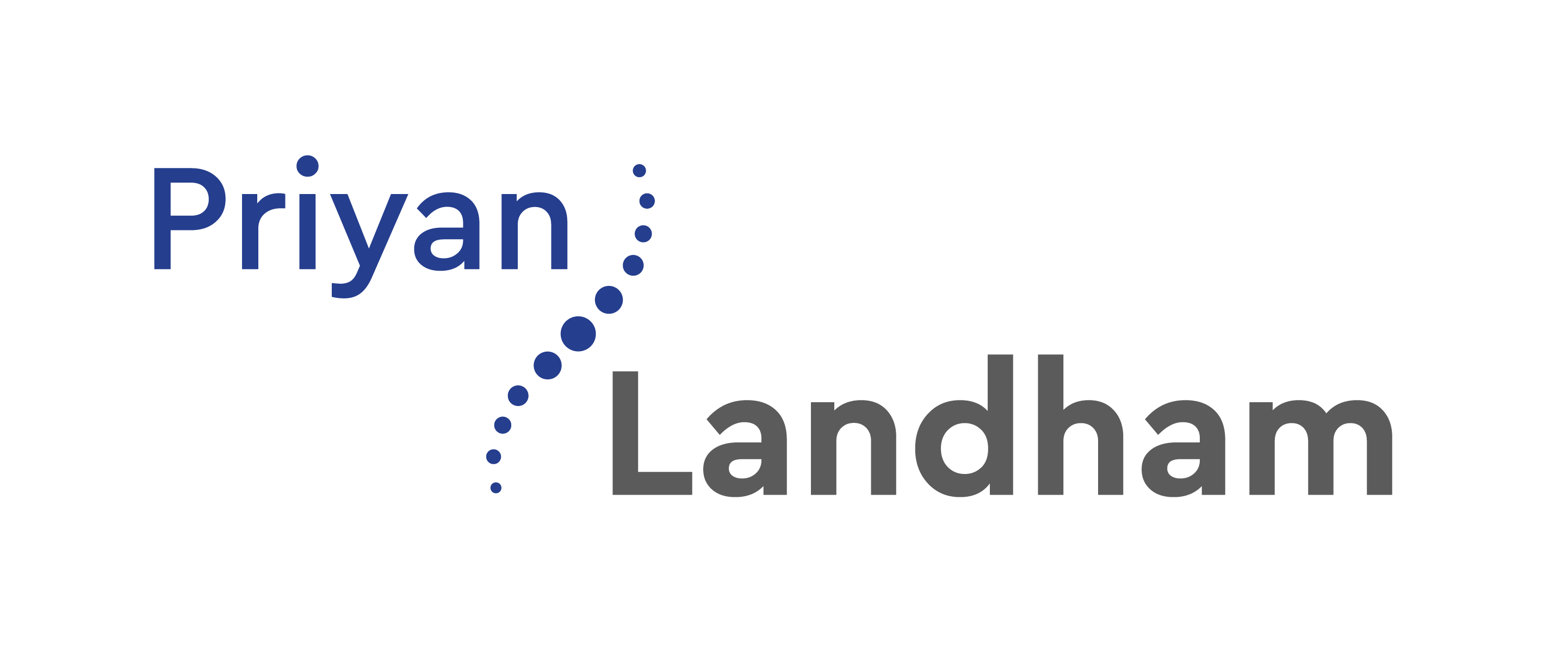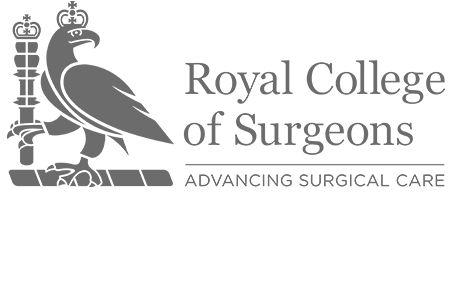Scoliosis correction
Surgery for adolescent idiopathic scoliosis is performed to prevent the spinal curvature from worsening and to obtain correction. As part of the pre-operative work up, the patient will have side bending radiographs (x-rays) and this will guide the intended surgical levels. The aim is to fuse as few vertebral levels as possible, particularly in the lumbar spine, but fuse enough levels to prevent further curve progression. An MRI scan of the spine is obtained routinely to exclude an underlying spinal cord abnormality. Most scoliosis cases are treated with a posterior approach and the procedure involves placing pedicles screws into the vertebral bodies, which are connected with rods. During the procedure, the patient undergoes neurophysiological monitoring to ensure that spinal cord function is preserved particularly with large corrections. A cell saver device is also used that enables any blood lost during surgery to be collected, filtered and returned to the patient.
After the operation, patients require usually one night in a high dependency bed with one-on-one nursing care before transfer to the ward. Patients are in hospital for between 3 – 5 nights. The urinary catheter and any wound drains are removed and a full length standing radiograph is performed prior to discharge.
Post op care
A wound check will need to be performed at 2 weeks after the procedure. The wound should be kept dry until this time.
Patients can return to school or work at 6 weeks for light office type work or 3 months for manual work. Generally patients are safe to drive by six weeks. Patients can gradually increase their level of activity from 6 weeks onwards but heavy lifting and bending exercises should be avoided for at least three months.
Surgical outcomes
All surgical procedures are recorded on the British Spine Registry (BSR). This includes pre- and post-operative clinical scores and a record of any surgical implants used.
Pre-operative clinical scores need to be completed prior to any procedure and can be downloaded here. You will be contacted directly by the BSR by email for your post-operative outcome scores at 6 weeks, 6 months, 1 year and 2 years after any procedure.






